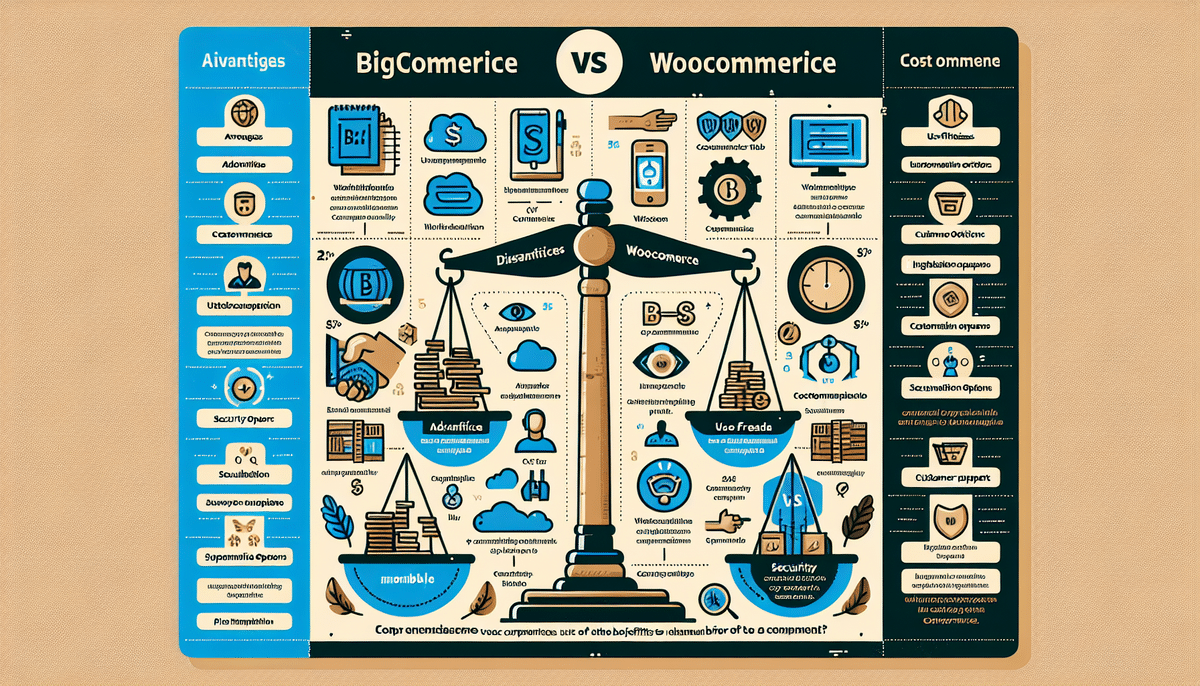Importance of Shipping in E-commerce
Shipping is a critical factor in the success of any e-commerce store. Customers expect fast, affordable, and reliable shipping options, which significantly influence their purchasing decisions. A study by Statista found that over 60% of online shoppers abandon their carts due to unexpected shipping costs. Additionally, excellent shipping experiences, including timely deliveries and accurate tracking, enhance customer satisfaction and encourage repeat business.
Moreover, the environmental impact of shipping cannot be overlooked. The surge in online shopping has led to increased carbon emissions from package deliveries. To address this, many e-commerce stores are adopting sustainable shipping practices, such as using electric vehicles and partnering with eco-friendly carriers.
Shipping also represents a significant cost for e-commerce businesses, encompassing shipping fees, packaging materials, labor, and handling. Efficient shipping strategies and automation can help minimize these expenses, thereby improving profit margins.
Common Shipping Challenges for BigCommerce Store Owners
Accurate Shipping Rate Calculation
Calculating precise shipping rates in real-time can be complex, especially when dealing with various product weights and destinations. Inaccurate rates can deter customers or erode profit margins.
Managing Shipping Zones and Methods
Defining and managing multiple shipping zones with different rates and methods requires careful planning. This is particularly challenging for stores with a global customer base.
Integrating Third-Party Shipping Services
Seamless integration with carriers like USPS, FedEx, UPS, and DHL is essential for real-time rate calculations, label printing, and package tracking. Ensuring compatibility and smooth operations with these services can be hindered by technical complexities.
Handling International Shipping and Customs
International shipping involves navigating diverse customs regulations, duties, and taxes, which can be time-consuming and prone to errors if not managed correctly.
Creating Custom Shipping Rules and Restrictions
Developing tailored shipping rules based on variables like product size, weight, and customer location allows for greater flexibility but adds layers of complexity to shipping management.
Choosing the Right Shipping Strategy
Free Shipping
Offering free shipping can significantly boost sales, as evidenced by a study by Invesp showing that 90% of online shoppers consider free shipping a top incentive. However, businesses must balance the cost of offering free shipping against potential increased sales volumes.
Flat-Rate Shipping
Flat-rate shipping simplifies the pricing structure by charging a consistent rate regardless of order size or destination. This predictability can enhance customer trust but may not always align with the actual shipping costs.
Real-Time Carrier-Calculated Shipping
This strategy provides customers with accurate shipping costs based on real-time data from carriers, ensuring transparency and fairness. It requires robust integration with shipping carriers, such as ShipStation or Shippo.
Table-Rate and Product-Based Shipping
Table-rate shipping offers variable rates based on predefined criteria, while product-based shipping allows specific shipping rules for different products. Both methods offer flexibility but necessitate meticulous setup and management.
Regional-Based Shipping
Tailoring shipping rates and methods to specific regions can optimize costs and enhance competitiveness in local markets.
Integrating Third-Party Shipping Services
Integrating with third-party shipping services is vital for automating and streamlining shipping processes. Platforms like ShipStation and Shippo offer robust integrations with major carriers, enabling features such as real-time rate calculations, label printing, and comprehensive package tracking from a unified dashboard.
These integrations not only save time but also reduce the likelihood of errors, ensuring a smoother shipping experience for both the business and its customers.
Managing Shipping Zones and Methods
Efficiently setting up shipping zones and methods is crucial for handling diverse customer locations and shipping needs. Using BigCommerce's Shipping Manager tool, store owners can define geographic zones, assign specific shipping rates and methods to each zone, and allocate products accordingly.
Steps to Set Up Shipping Zones
- Access the Shipping Manager in your BigCommerce dashboard.
- Create new shipping zones based on geographic regions.
- Define shipping rates and methods for each zone.
- Assign products to relevant zones to ensure accurate shipping calculations.
Handling International Shipping and Customs
Expanding globally requires adept management of international shipping and customs regulations. Key considerations include:
- Accurate calculation of international shipping rates.
- Compliance with customs and duties regulations.
- Offering localized shipping options to cater to regional preferences.
- Providing precise tracking information to international customers.
BigCommerce facilitates international shipping through integrations with global carriers like FedEx, UPS, and DHL, enabling streamlined operations and compliance with international shipping standards.
Implementing Free Shipping Offers
Free shipping remains a highly effective strategy to increase sales and enhance customer satisfaction. To implement free shipping in your BigCommerce store:
- Use the Shipping Manager to create free shipping zones and methods.
- Set minimum purchase thresholds to qualify for free shipping.
- Offer free shipping on specific products or categories to incentivize purchases.
By strategically offering free shipping, you can attract more customers and encourage higher order values.
Using Shipping Analytics to Optimize Performance
Leveraging shipping analytics provides valuable insights into your shipping operations, enabling data-driven decisions to enhance efficiency and customer satisfaction. Key metrics to monitor include:
- Shipping costs and their impact on profit margins.
- Delivery times and their correlation with customer satisfaction.
- Preferred shipping methods among customers.
BigCommerce's Analytics Dashboard offers comprehensive tools to track and analyze these metrics, helping you identify areas for improvement and optimize your shipping strategy effectively.
Best Practices for Streamlining Shipping Processes
- Automate Shipping Processes: Utilize platforms like ShipStation or Shippo to automate label printing, rate calculations, and tracking updates.
- Integrate with Major Carriers: Ensure seamless connectivity with carriers such as USPS, FedEx, and UPS to facilitate efficient shipping operations.
- Offer Incentivized Shipping: Provide free or discounted shipping options to encourage purchases and increase customer loyalty.
- Provide Accurate Tracking Information: Keep customers informed with real-time tracking updates to enhance their shopping experience.
- Minimize Shipping Errors: Implement double-checking procedures for order details to prevent shipping mistakes and reduce returns.
Adhering to these best practices can significantly enhance the efficiency of your shipping operations, leading to cost savings and improved customer satisfaction.
Future Trends and Innovations in E-commerce Shipping
The e-commerce shipping landscape is continually evolving, with several emerging trends poised to redefine the industry:
- Same-Day and Next-Day Delivery: Increasing consumer demand for rapid delivery is driving advancements in logistics to offer faster shipping options.
- Drone and Autonomous Vehicle Delivery: Innovations in drone technology and autonomous vehicles promise to revolutionize last-mile delivery, reducing costs and delivery times.
- Augmented Reality Packaging and Tracking: Enhanced packaging solutions and advanced tracking systems are improving the overall shipping experience.
- Sustainability Initiatives: Eco-friendly packaging and carbon-neutral shipping options are becoming essential as consumers prioritize sustainability.
- Parcel Lockers and Pick-Up Points: Convenient pick-up solutions are gaining popularity, offering flexible and secure delivery options for customers.
Staying abreast of these trends allows BigCommerce store owners to adopt innovative shipping solutions, ensuring they remain competitive and meet evolving customer expectations.
Conclusion
Optimizing your shipping strategy is paramount to the success of your BigCommerce store. By understanding the critical role of shipping, addressing common challenges, and implementing effective strategies, you can enhance customer satisfaction, reduce costs, and drive business growth. Leveraging BigCommerce's robust tools and staying informed about industry trends will ensure your shipping operations are efficient, sustainable, and competitive in the dynamic e-commerce landscape.




















